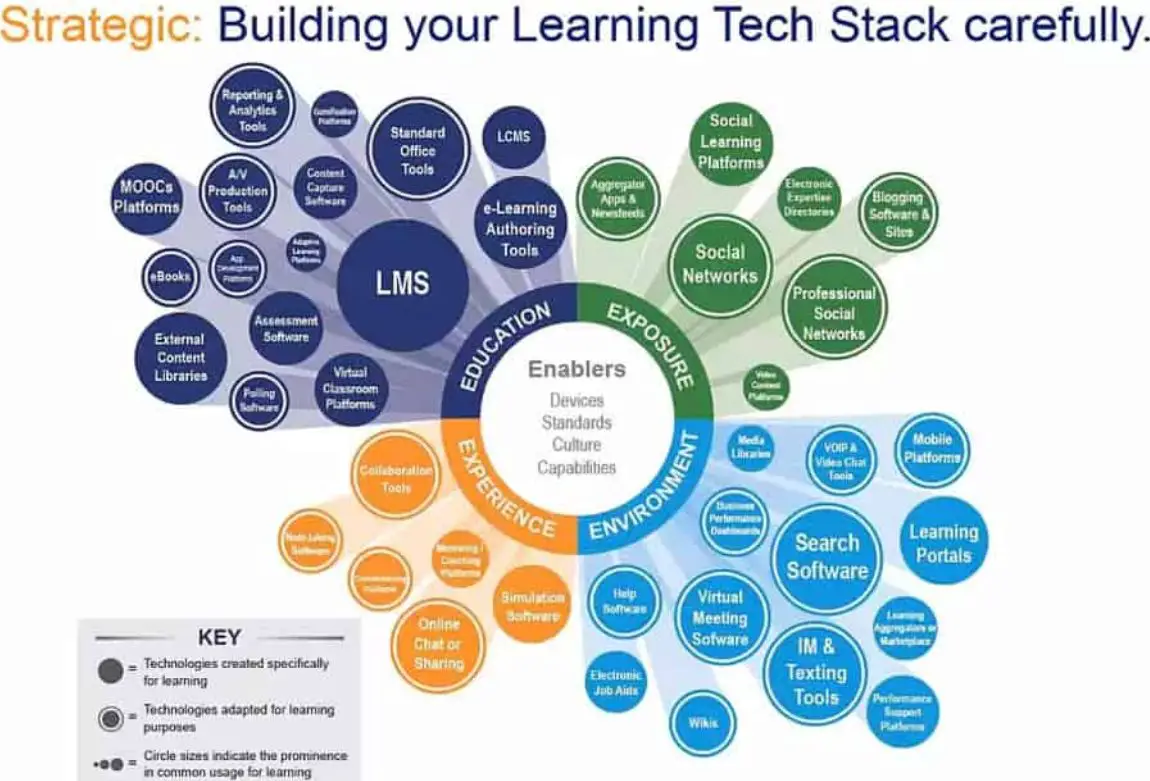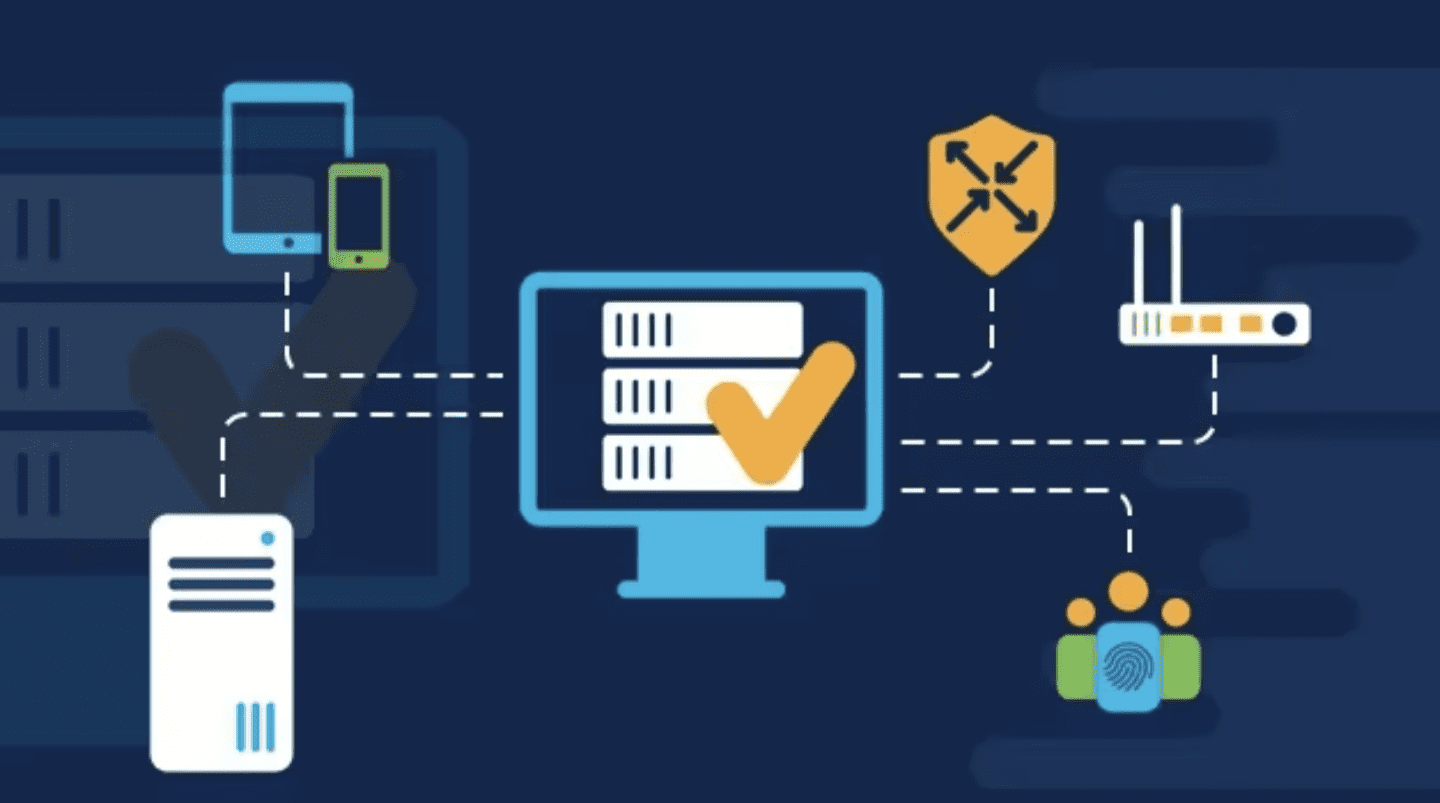

Success stories of large-scale enterprise-grade applications are rising, thanks to Kubernetes. Kubernetes is a container orchestration platform that has remodeled DevOps principles by revolutionizing the management lifecycle and deployment of containerized applications.
While Kubernetes is the market leader and go-to option for container orchestration, the caveat is that due to the complexity and vastness of the Kubernetes ecosystem, without sound SOAs and processes in place, teams can introduce vulnerabilities into the system with misconfigurations. Kubernetes misconfigurations are the main contributors to security incidents and data breaches while exposing the overall system to cyber-attacks.
Focusing on a few main areas by maintaining standard and reliable procedures can eliminate unintentional and platform-related Kubernetes misconfiguration. In this post, let’s explore best practices to avoid Kubernetes misconfiguration by following production-grade standards through a top-down walkthrough.
Tech Stack Literacy

Equipping engineers with the right tools to get the job done is only as important as ensuring that they are conscious of what could work and what might break the overall system.
The most common factors an engineer should know about configuration and implementation are the relation between the control plane and worker node interaction, the criticality of applying containerization, and CI/CD best practices with high-level insights into optimizing development and deployment workflows concerning pod management and maintenance.
To promote tech stack literacy, enterprises can accredit DevOps teams to implement security-first deployment approaches by educating teams to effectively follow security guidelines and apply them to implement necessary security measures to safeguard Kubernetes deployments in production environments.
Access Hardening
The first line of defense in fighting security vulnerabilities is to allow granular access to accounts, roles, and resources only when needed. Following industry standards to harden the access controls can eliminate one-third of security concerns.
Enhancing the security level confidence is imperative for access check implementation. The measures range from enabling role-based access control (RBAC), granting fine-grain role-based access permissions to users, and adopting the use of the principle of least privilege and multi-factor authentication services, to reinforcing the implementation of API server authentication and authorization for user identity and access privilege validation, and limiting the access service accounts and administrative access to the clusters.
Implementing robust access control measures can significantly reduce the likelihood of unauthorized access to vital resources. DevOps teams can eliminate typical security concerns by having a more stable and secure environment for production-grade deployments.
Network Management

Network management offers authority over how the architecture should be crafted to sustain reliable and durable service. Utilizing network management elegantly can yield performant and secure services.
Overall security posture and infrastructure robustness can be attained by implementing a series of network checks using impeccable network policies and encryption, ensuring secure connectivity is in place for both data at rest and in motion, and guaranteeing that the data traversing via the network is secure. Also, using contamination strategies to promote the isolation of critical network services and components to restrict unwanted communication between pods and components ensures a high-security level.
Implementing access rules and effective network management strategies can prevent unauthorized communication between Kubernetes components. Network policies promote micro-segmentation to limit access between services to a need-only basis and eliminate security breaches by reducing the attack surface.
Resource Handling
Effective resource management enables resource isolation and reduces the risk of compromised or misbehaving containers. This isolation strategy lowers the chance of lateral movement and potential breaches by depleting the effect of misconfiguration.
Establishing a secure Kubernetes orchestration environment demands adherence to the resource handling principles such as controlling access and permissions within pods by implementing Pod Security Policies with optimal utilization of Pod Security Context, ensuring the Host OS and Container build solidity, prevention of resource exhaustion by provisioning adequate amount of resource quotas and limits with the judicious usage of Read-Only file systems.
The control of resource allocation boosts the stability and availability of the cluster by eliminating security flaws by allowing optimal allocation and utilization of computing resources.
Disaster Recovery and Monitoring
Effective disaster recovery plans are essential in reducing the effects of misconfiguration to eliminate security breaches. In the event of a critical failure or security incident due to misconfiguration, robust disaster recovery strategies are crucial for mitigating the impact of misconfiguration. They provide a flip-back solution to quickly restore the state of the entire service to a known, secure state.
Reliable monitoring systems provide visibility of the real-time health of the components and overall activities, allowing admins to detect and remediate potential misconfiguration. With comprehensive monitoring, administrators can track resource utilization, network traffic, and application performance, identifying unusual patterns that may pose security threats to the overall architecture.
- Bulletproof disaster recovery system in place
- Sound monitoring and alerting systems
- Anomaly detection models
- Regular reviews and audits
Incorporating efficient monitoring and disaster recovery procedures opens up opportunities for admins and Kubernetes managers to proactively respond to potential misconfiguration and security threats. This depletes the overall downtime and data loss while boosting the security and dependability of containerized systems.
Conclusion
Protecting container orchestration platforms like Kubernetes against misconfigurations is critical for protecting sensitive data and preserving application integrity. Misconfiguration can result in serious security vulnerabilities and bottlenecks. Adhering to a complete set of best practices is essential at all times.
This post aims at showcasing ways to minimize potential threats and create an enterprise-wide strong security posture. We witnessed standard principles that act as a Swiss knife to handle Kubernetes misconfiguration concerning data stack literacy, access hardening, network management, resource handling, efficient monitoring, and reliable disaster recovery plans to enable the rapid detection and correction of security incidents.
Combining these techniques and approaches will strengthen the overall resilience of Kubernetes deployments, protect container orchestration platforms from misconfigurations, and foster a secure environment for containerized applications.